The aim of this review is to provide an overview on tail posture and motion in pigs and to provide methodological recommendations for future research.
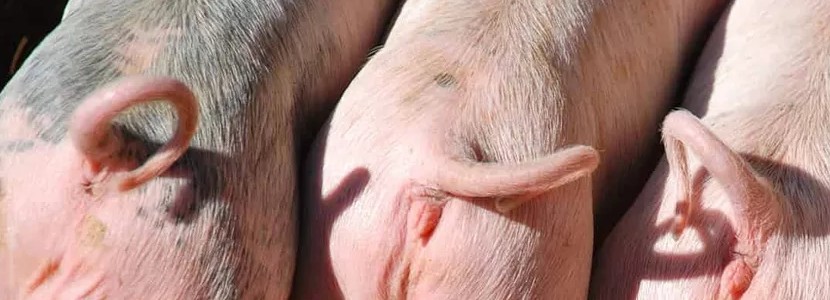
The posture and movement of the tail in animals play an important role in communication. In domestic pigs, the debate around tail bites has been an important research topic and tail related behaviour (bites, motion and posture of tails) is increasingly raised as an indicator of welfare.
The aim of this review is to provide an overview of the current knowledge on tail posture and motion in pigs and to provide methodological recommendations for future research.
The literature describes various postures and movements of pigs’ tails during locomotion, feeding and social interactions.
In addition, research has been conducted to determine if they are related to the emotional state of the animals.
In general, the tail can provide useful information about physical and emotional experiences at a given time.
The following etogram includes every tail posture and movement observed in domestic pigs:
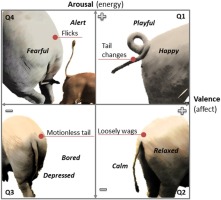
These positions were assigned in four quadrants of the “circumplex model of emotions” indicating on the vertical axis the level of activation (excitation) and on the horizontal axis the level of liking/disliking (valence)
Interpretation of postures and tail movements
Although there are exceptions in each quadrant (i.e. valency-excitation combination), in general, in domestic pigs, it can be assigned:


In conclusion, there is a large amount of literature on tail posture and motion that can help to correctly interpret pig tails in terms of the animal’s experience.
References
Irene Camerlink, Winanda W. Ursinus. Tail postures and tail motion in pigs: A review. Available online 26 July 2020. https://doi.org/10.1016/j.applanim.2020.105079
Subscribe now to the technical pig magazine
AUTHORS
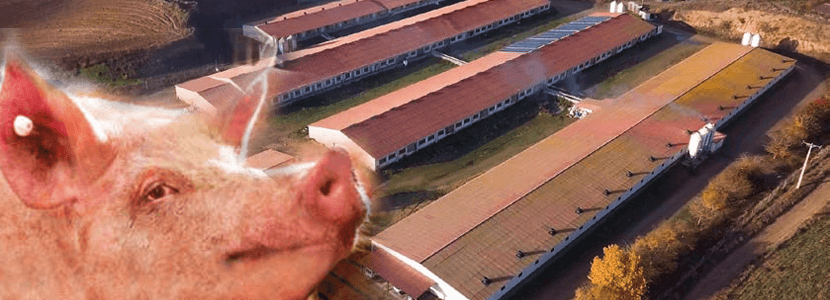
Bifet Gracia Farm & Nedap – Automated feeding in swine nurseries

The importance of Water on pig farms
Fernando Laguna Arán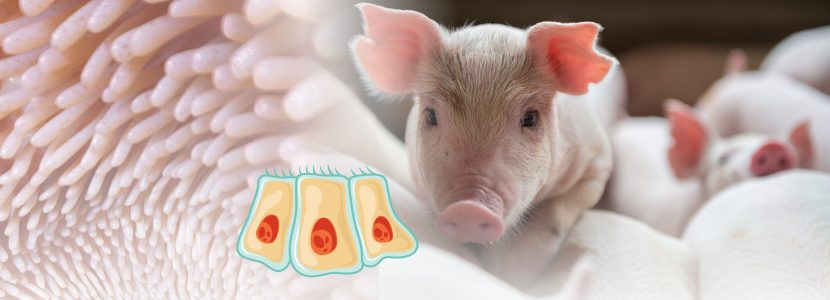
Microbiota & Intestinal Barrier Integrity – Keys to Piglet Health
Alberto Morillo Alujas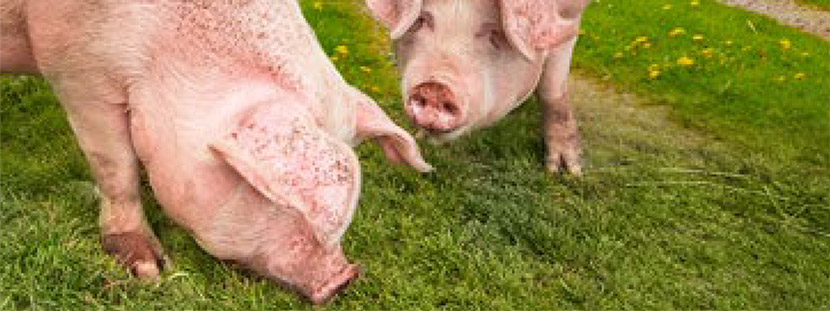
Impact of Reducing Antibiotic use, the Dutch experience
Ron Bergevoet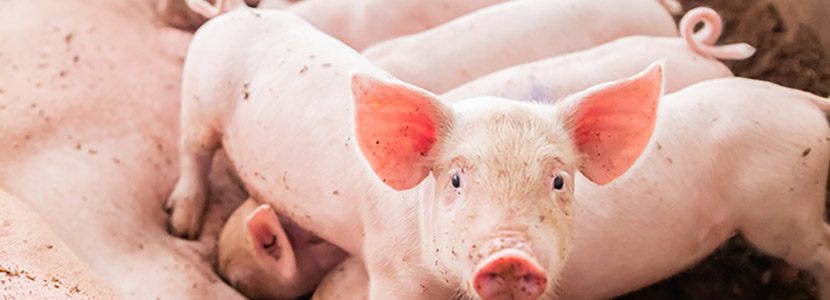
The keys to successful Lactation in hyperprolific sows
Mercedes Sebastián Lafuente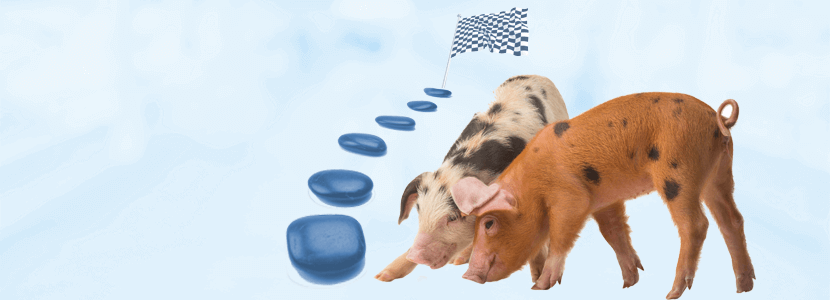
Addressing the challenge of Management in Transition
Víctor Fernández Segundo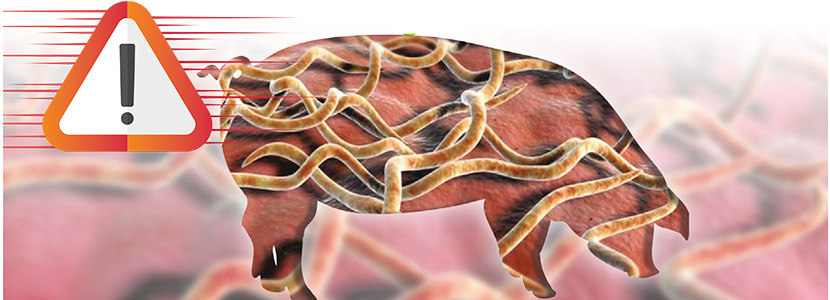
Dealing with the rise of Swine Dysentery
Roberto M. C. Guedes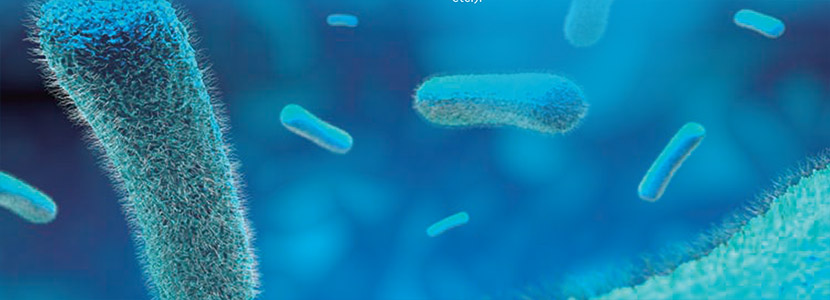
Actinobacillus pleuropneumoniae – What are we dealing with?
Marcelo Gottschalk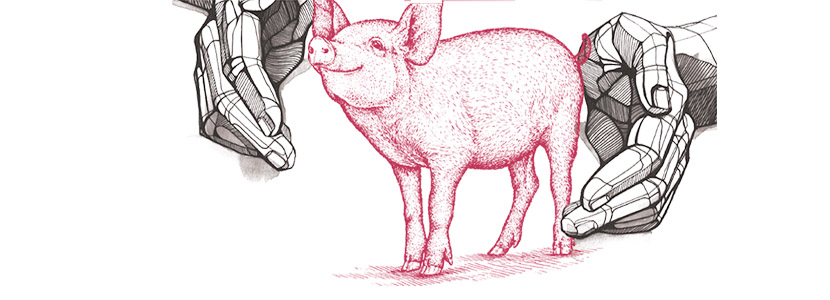
The new era of Animal Welfare in Pig Production – Are we ready?
Antonio Velarde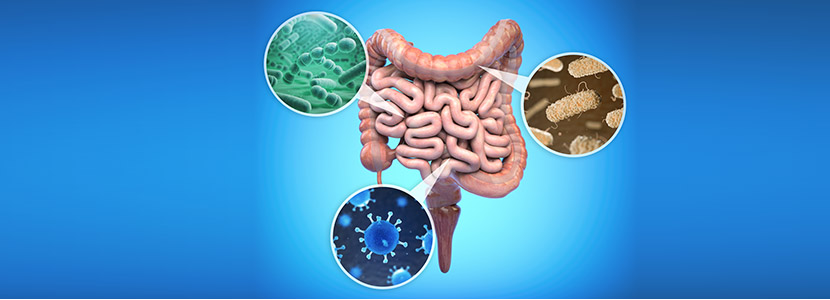
Gut health in piglets – What can we do to measure and improve it?
Alberto Morillo Alujas
Interview with Cristina Massot – Animal Health in Europe after April 2021
Cristina Massot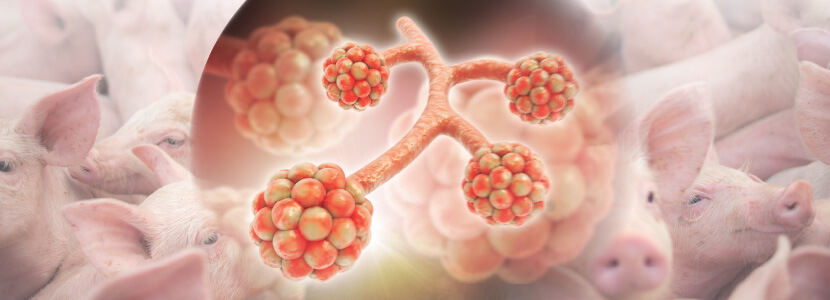
Differential diagnosis of respiratory processes in pigs
Desirée Martín Jurado Gema Chacón Pérez